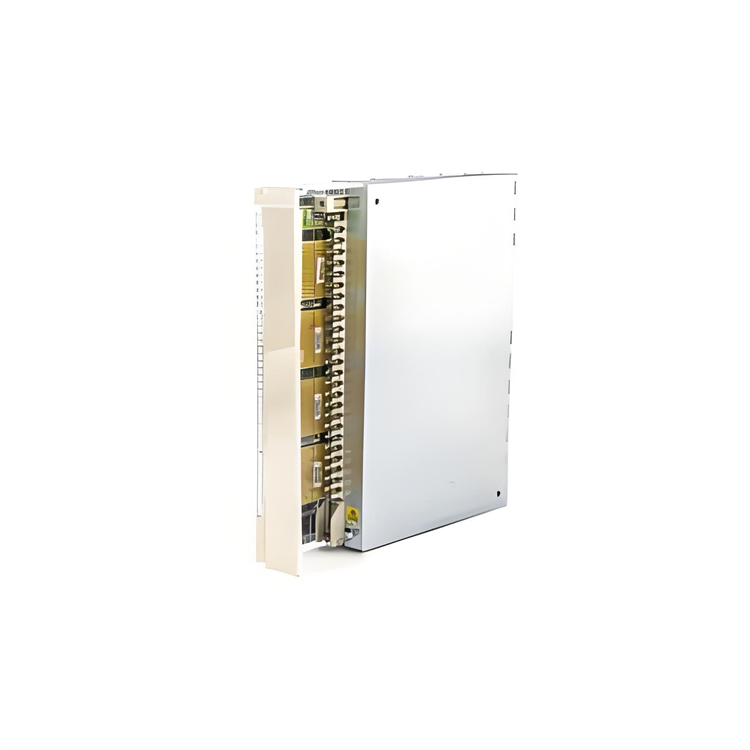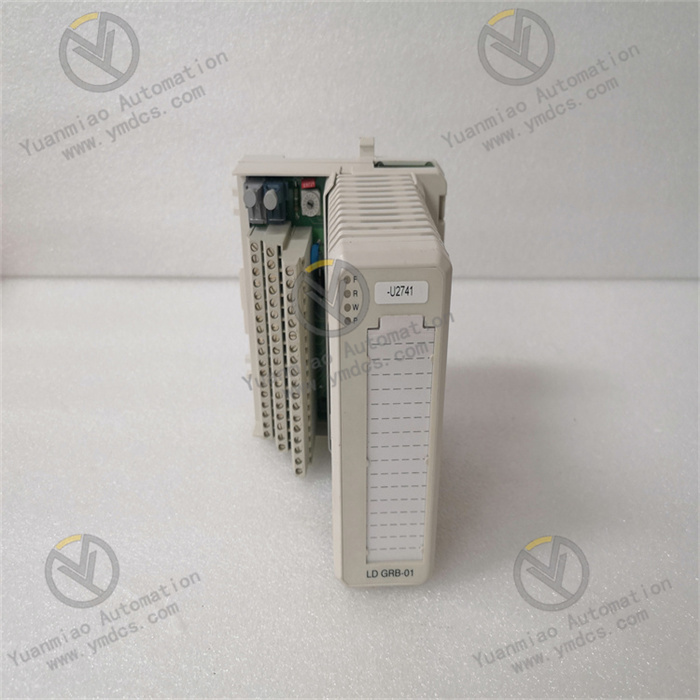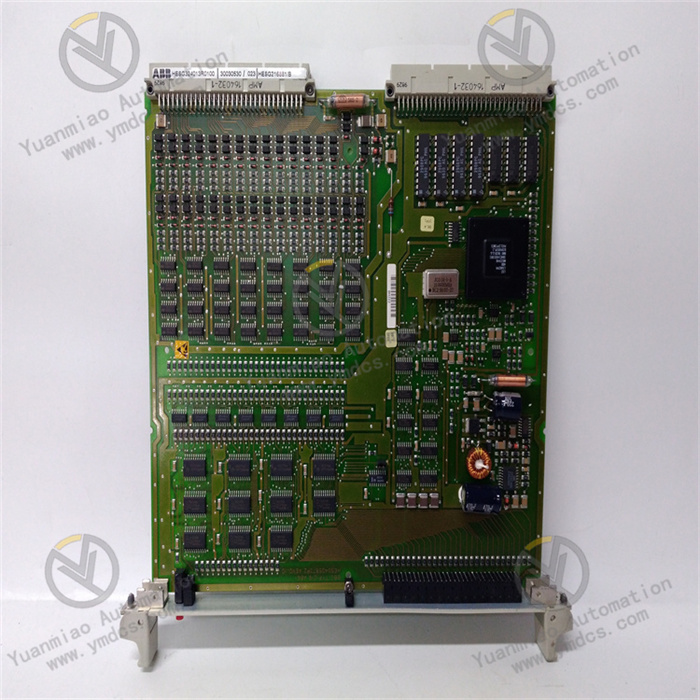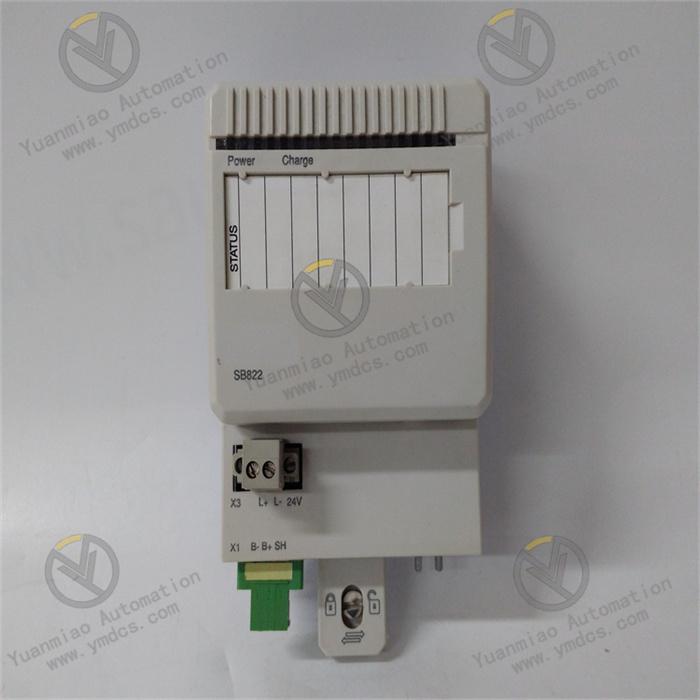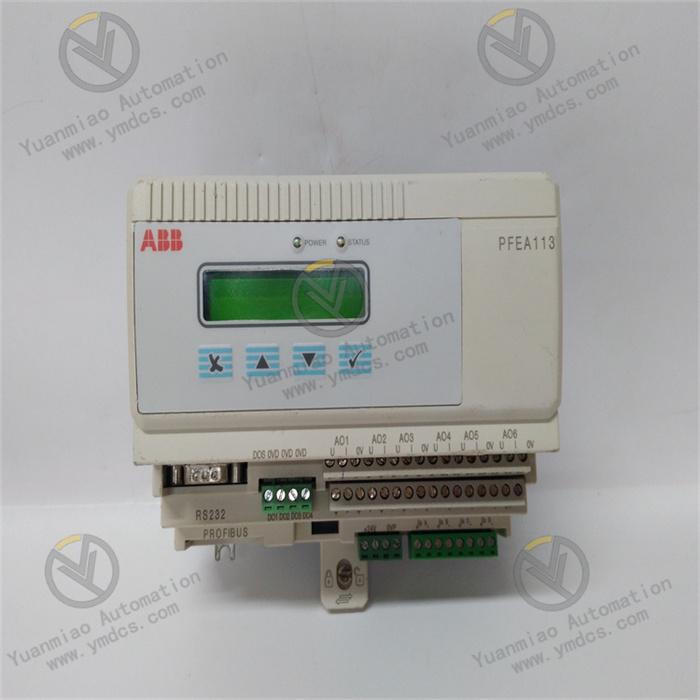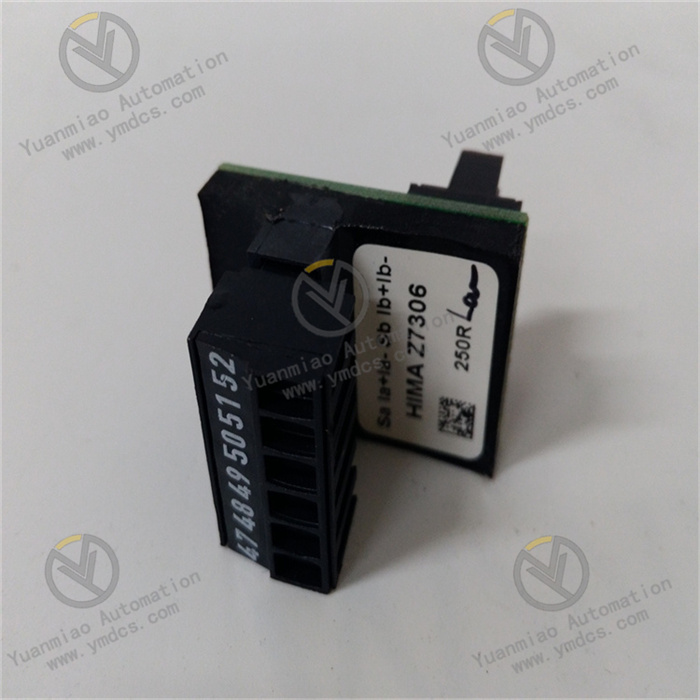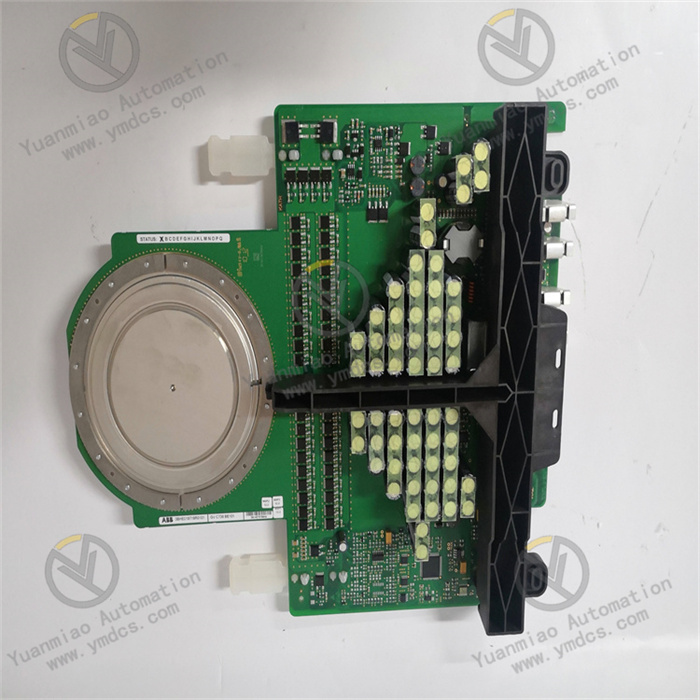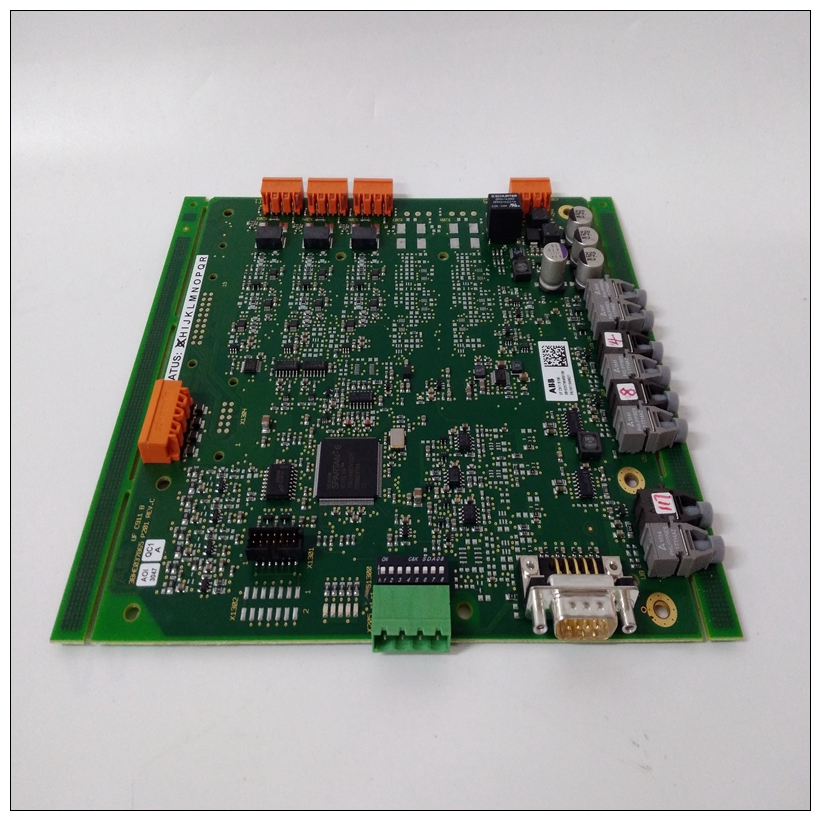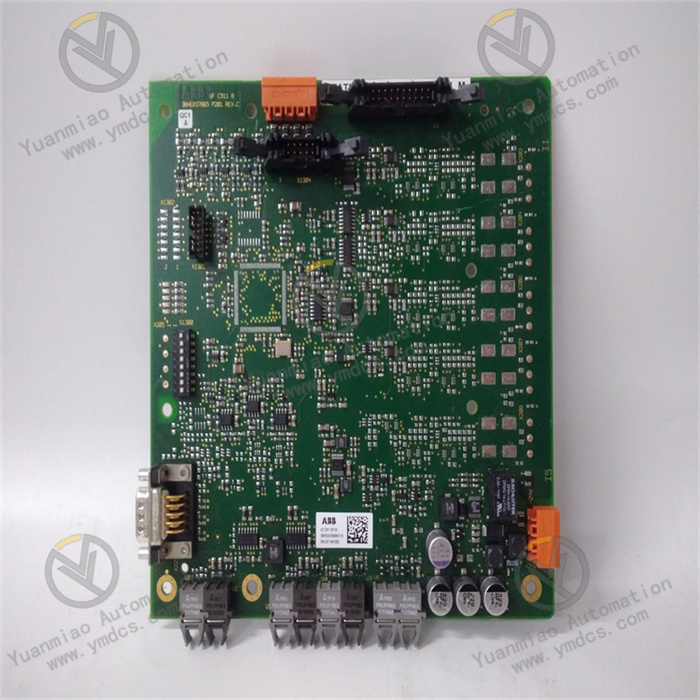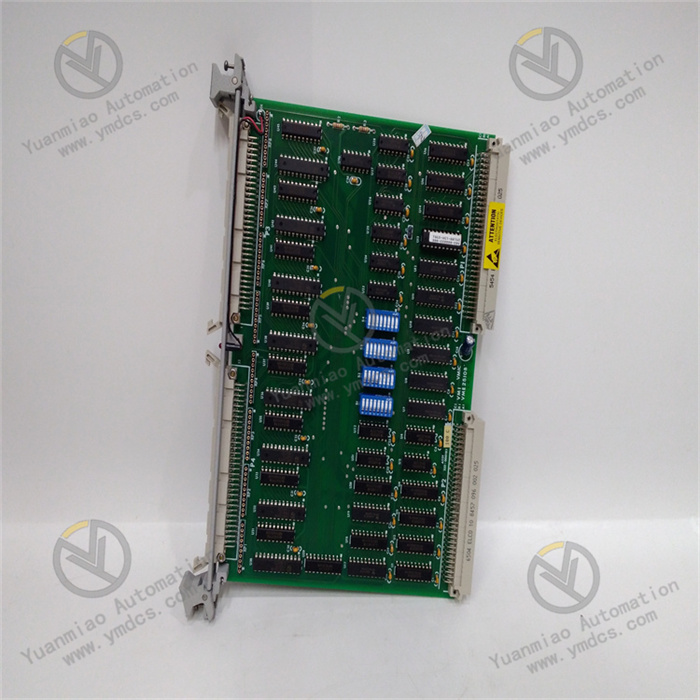Description
ABB CI615 3BHT3000024R1
Overview
The CI615 3BHT3000024R1 serves as a key component in industrial communication networks, designed to enhance the efficiency and reliability of industrial communication systems with excellent performance and compatibility. Its compact and robust design enables easy integration into existing systems without compromising functionality or performance.
Functional Features
- Supports multiple network protocols such as DeviceNet and CANopen, enabling seamless interoperability in different industrial automation environments to facilitate data exchange and control in industrial processes.
- Enables high-speed data transmission for fast and accurate information exchange, which is crucial for optimizing production lines and improving operational efficiency.
- Manufactured with high-quality materials, it operates efficiently within a wide temperature range of -20°C to +70°C.
- Features a small size and light weight for easy installation and maintenance, adapts to various industrial environments, and ensures long-term stable operation under harsh conditions with minimal maintenance.
Technical Parameters
- Connection types: RS485 and Ethernet.
- Supports protocols: Modbus, CANopen, etc.
- Communication speed: Varies according to specific protocols and configurations.
- Dimensions: Approximately 100mm×60mm×30mm.
- Weight: Approximately 0.2kg.
- Operating temperature: -20°C to +70°C.
- Storage temperature: -40°C to +85°C.
Working Principle
As a bus coupler, the CI615 3BHT3000024R1 primarily converts and transmits data between different communication protocols or bus systems. It connects to diverse devices via RS485 or Ethernet interfaces, receives data signals from one side of the devices, parses and repackages the data according to supported protocols (e.g., Modbus, CANopen), and sends the processed data to devices or bus systems on the other side. This enables communication and data interaction between different devices, ensuring smooth information flow throughout the industrial automation system.
Common Faults and Solutions
- Communication Interruption
- Possible causes: Loose or damaged communication cables, or incorrect communication protocol settings.
- Solutions: Check cable connections to ensure secure interfaces; replace damaged cables. Verify communication protocol parameter settings to match connected devices.
- Device Unrecognized
- Possible causes: Device address conflicts or abnormal module initialization.
- Solutions: Check device addresses to ensure no duplicates in the network. Attempt to re-initialize the module by power cycling or pressing the reset button (if available).
- Data Transmission Errors
- Possible causes: Electromagnetic interference, mismatched communication rates, or module hardware failures.
- Solutions: Shield communication cables and keep them away from strong electromagnetic interference sources. Check communication rate settings to match related devices. If hardware failure is suspected, contact professionals for module inspection and repair.


